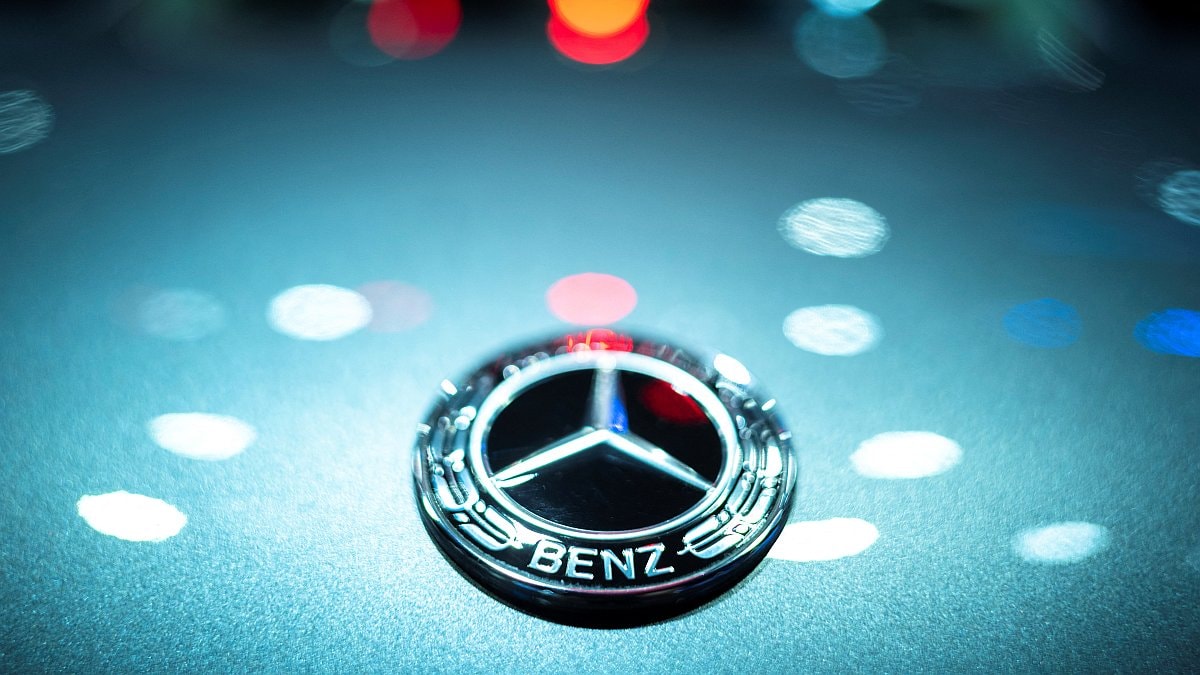Betting big on the growing electric vehicle market in India, luxury car maker Mercedes-Benz is expecting its EV portfolio (present and future) to make up 25 percent of its total car sales in the next three years, growing from the current levels of three to four percent. Mercedes-Benz on Thursday launched the GLC, its new petrol/diesel SUV, in Hyderabad.
Managing Director and CEO of Mercedes-Benz India Santosh Iyer said the automaker is planning to launch three to four EVs in the coming 12 to 18 months in India.
“For India as well we feel that there would be a rapid adoption as and when new cars launch, and at this stage we are looking at three to four new EVs in the next 12 to 18 months time. So, slowly but surely we should increase penetration. And in the next three years we feel that 25 percent of our sales would be EVs in India as well,” Iyer told PTI.
According to him, it would be easier for Mercedes-Benz car users to adopt electric vehicles as most of them already have charging facilities at home or office and may not depend on public infrastructure.
He hoped that some states which are still levying road tax on EVs would give an exemption to the segment.
He further said the German car maker’s plant spread over 100 acres in Pune has the capacity to produce 20,000 units annually, which can be ramped up to 40,000.
“Our current investments are close to Rs 2,700 crore in the plant. With GLC (car model launched recently) we have invested an additional Rs 100 crore. This capacity to make 20,000 cars in India (can) go up to 40,000… The first phase of 20,000, we should be seeing very soon. In the next two to three years, we should be reaching those numbers,” he said.
On sales figures, Iyer said the high-end automobiles maker sold over 8,500 cars during the first half of the current year and expects double-digit growth for the full year.
Iyer said the new petrol/diesel SUV launched today has already garnered over 1,500 bookings so far across the country, and there is a waiting period of about four months for new bookings.
Check out our Latest News and Follow us at Facebook
Original Source

